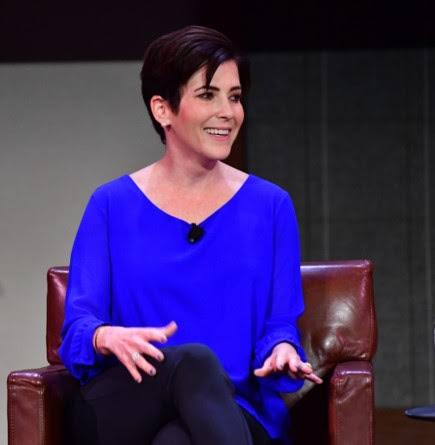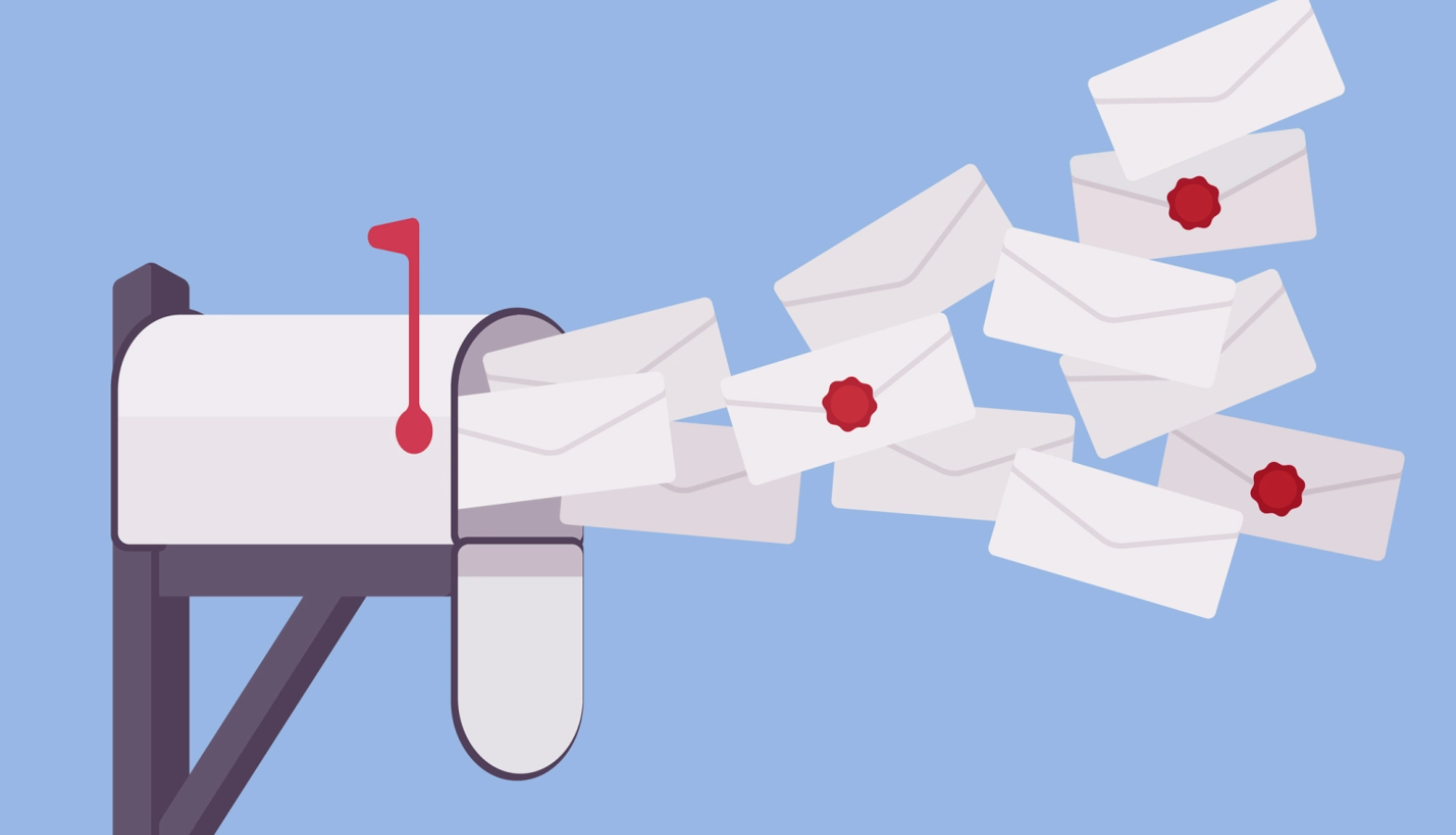Recently I wrote about the lessons I learned on my summer vacation, which I spent blissfully disconnected from technology. The bliss ended, however, when I fired up my email on the plane ride home. Before my vacation, my team and I had come up with a plan: They wouldn’t include me on any emails. Instead, they’d catch me up on what I missed when I returned.
The good news is that my team stuck to the plan. The bad news? I nevertheless received a deluge of reply-all emails from those outside my team. “Got it!” “On it!” “Thanks!” And so on. It was half of my inbox. Eventually I just gave up, stopped reading, closed my laptop, and resolved to start a Death to Reply-all movement when I returned.
And apparently I’m not alone. Everybody I mention this to enthusiastically tells me they’re on board. We’ve all experienced those zombie reply-all threads that seemingly refuse to die — often resurrected by someone replying, “Take me off this list!” Of course, the easiest way to start the movement would be to send out a mass email, but, well, you can probably see the pitfalls in that. But thinking about our use of reply-all is a great starting point for reflecting on how we use technology.
In Work Better Together, Anh Phillips and I write about how important it is to be mindful of our relationship with technology, both personally and professionally. As humans, we’re very quick to adopt technology but slow to adapt to it. And being deliberate about how we use technology means we can put it to work for us — not the other way around. The goal is to make conscious rather than unconscious choices about what to do with our time and attention. And there are few tech habits less mindful than reply-all.
Here’s my advice for ending the scourge of reply-all in our lives, or at least reducing the toll it takes on our time and attention.
Email is not great for collaboration
First, we need to realize that email is not actually an effective collaboration tool. As Cal Newport writes in his new book, A World Without Email: Reimagining Work in an Age of Communication Overload, email works differently from how our brains work. We’re hard-wired to take communicating with others very seriously. It’s part of group survival. “Email, by contrast, creates a setting in which these conversations arrive faster than we can keep up, as demonstrated by our ever-growing inboxes,” Newport writes. “To our ancient social circuits this is an emergency, leading to a gnawing sense of impending, amorphous danger.” And as I found out on my flight home, reply-all emails can make up a formidable portion of that blizzard of stress-inducing email.
So if a large number of people need to work collectively on a project, a better option than a mass email — and the ensuing reply-alls — is software that’s actually meant for collaboration. When compared to collaboration tools, it’s actually hard to think of a high value use case for reply-all. If everybody needs to see responses and feedback, then a collaboration tool will always be better.
Mindfully manage your notifications
Even with collaboration tools, we need to be mindful. When I first started using one, I had all my notifications turned on. And the subsequent onslaught of pop-ups anytime anybody posted anything drove me crazy. So now I just schedule a time once a day to go in and see what’s been posted.
Think of better ways to show gratitude
As I dug myself out from my pile of reply-alls, I noticed how many of the messages were people just saying “thank you.” But is saying thank you in a reply-all truly an authentic show of gratitude? Or just a way of saying, “Yes, got your email.” If we really want to show gratitude to someone, we’re better off sending them a private note. Or even doing it in a way that’s more public. At Deloitte we use a gratitude app we developed called Thank It Forward. If you want to thank someone in a meaningful way, think about ways you can show them gratitude other than a reflexive “thank you!” on a reply-all.
Pause before hitting send
You know those pop-ups that ask us, “Do you really want to delete this?” I’d like to see pop-ups on reply-alls asking, “Does everybody here really need to see this email?” (Note to email programmers — please create this!). But short of that, or a retro fix where we’d be forced to populate all the recipients’ email addresses one by one, we can introduce our own mental pop-up. Instead of mindlessly responding to a reply-all, we can pause and ask ourselves, does everybody here need to see this? Do I need to reply at all? Would it be better for everybody if I replied to just one person off the main thread?
Trust and communication
A lot of reply-all traffic is just part of a feedback loop — people making sure their manager or the sender knows they received the email and that they’re on it. That’s not a bad thing, but these feedback loops can also be detrimental when they create noise and make the tasks at hand more difficult to accomplish.
The solution is more communication up front. For example, try having a conversation with your team to create an understanding that when you send each other something, you trust the recipient is on it. No reply-all necessary! Make it clear to your team that if you need direct feedback, it needs to be indicated in the email. As Brené Brown says, clear is kind. She’s talking specifically about leadership and managing others, but clarity is also essential in how we use technology.
Be a part of the Solution
We all have FOMO when it comes to our technology. That’s how it’s designed. But when we respond to every ding or notification from a reply-all by sending it right back out, we’re simply adding to the problem. So creating a more mindful relationship with technology doesn’t just benefit our own well-being, it helps others create a healthier relationship with technology, too. So let’s unite to get rid of reply-all — we’ve got nothing to lose but being chained to endless email threads!


